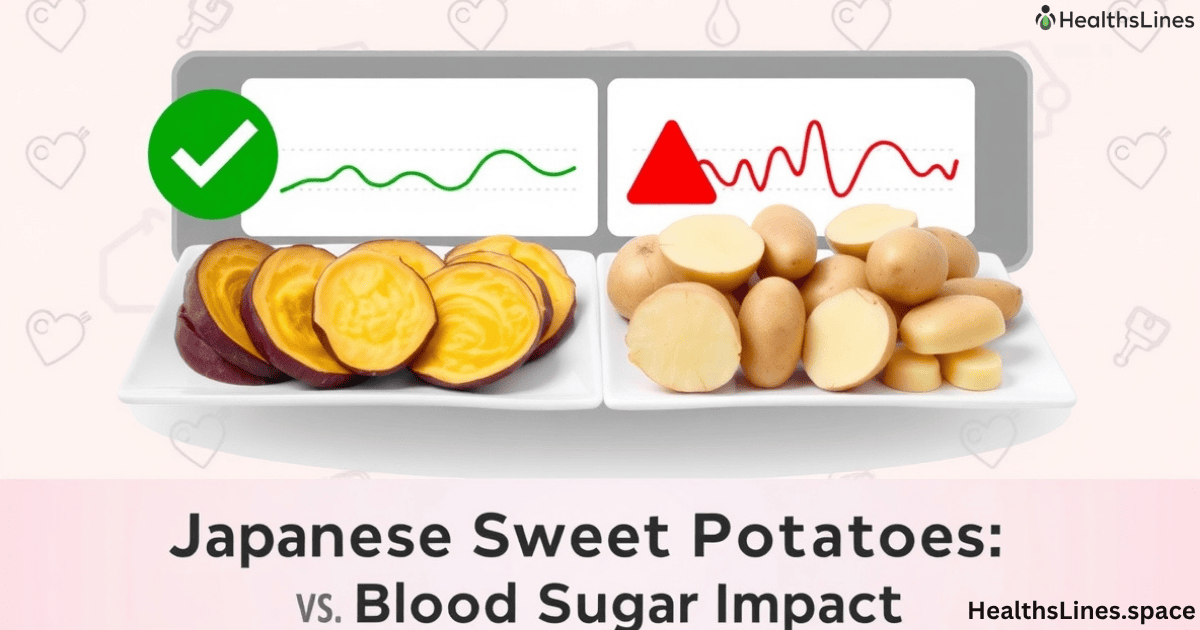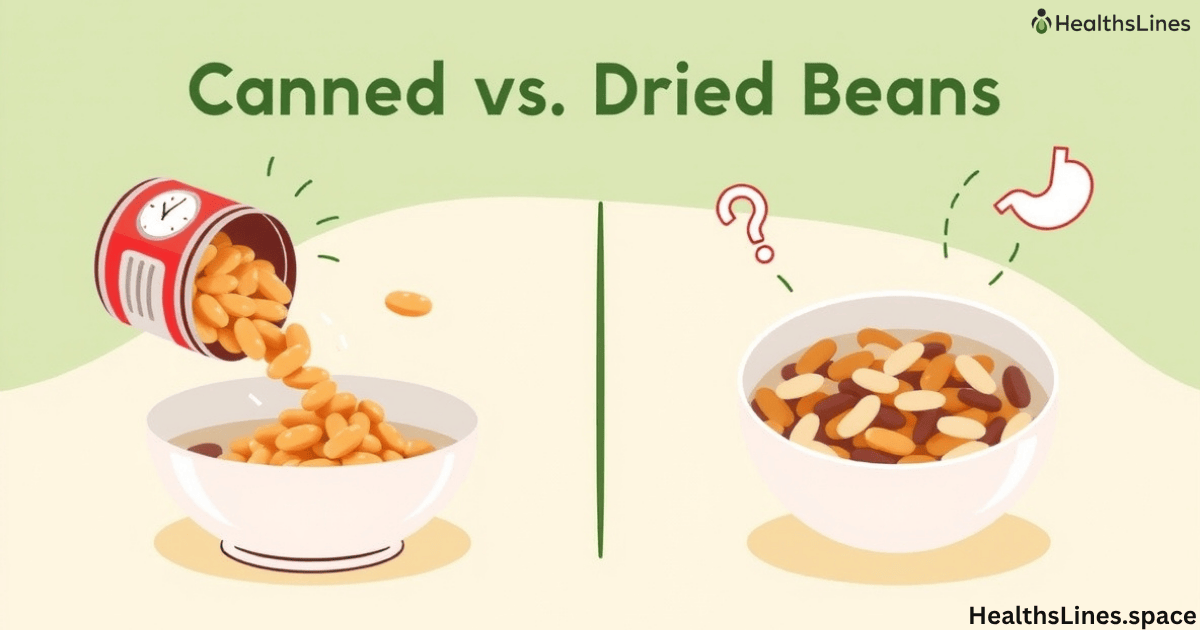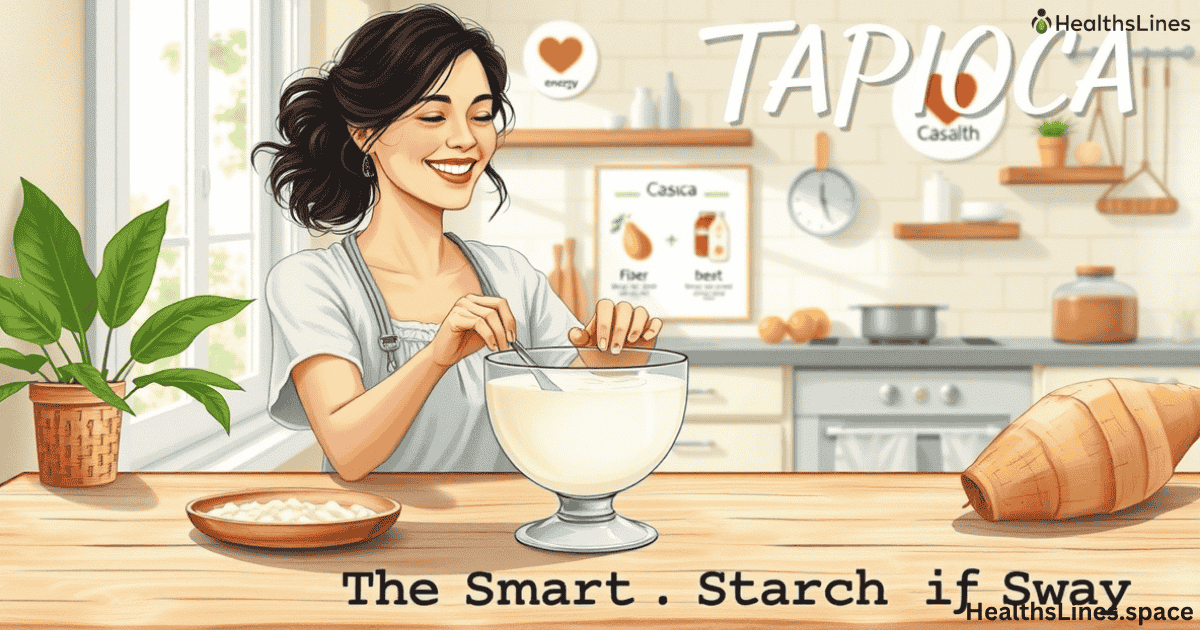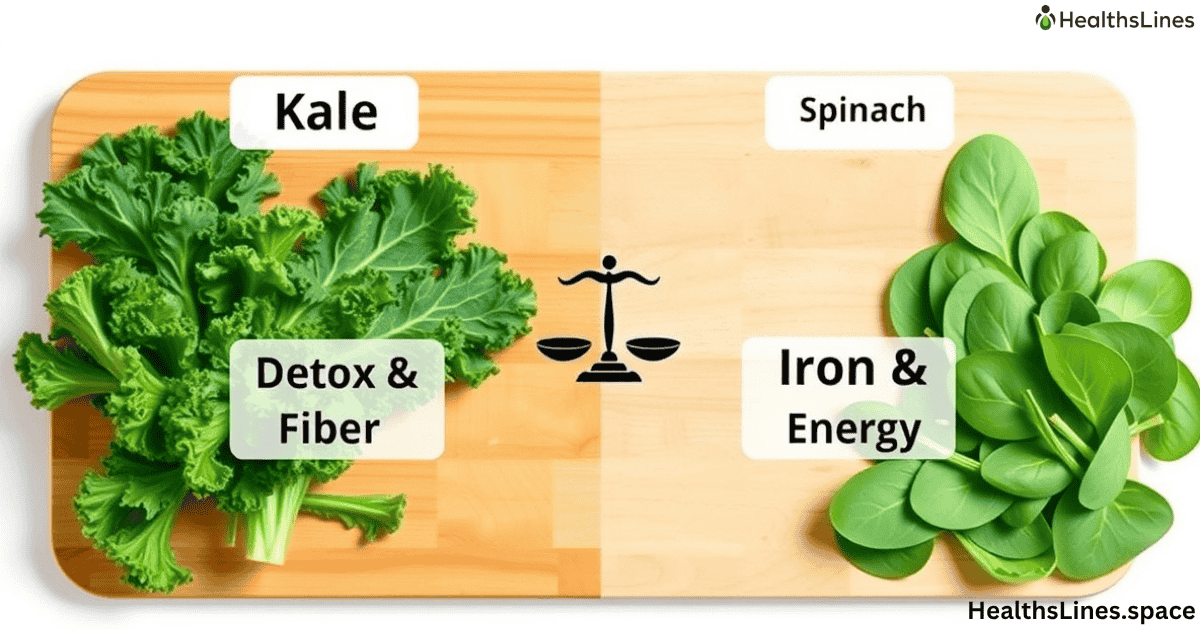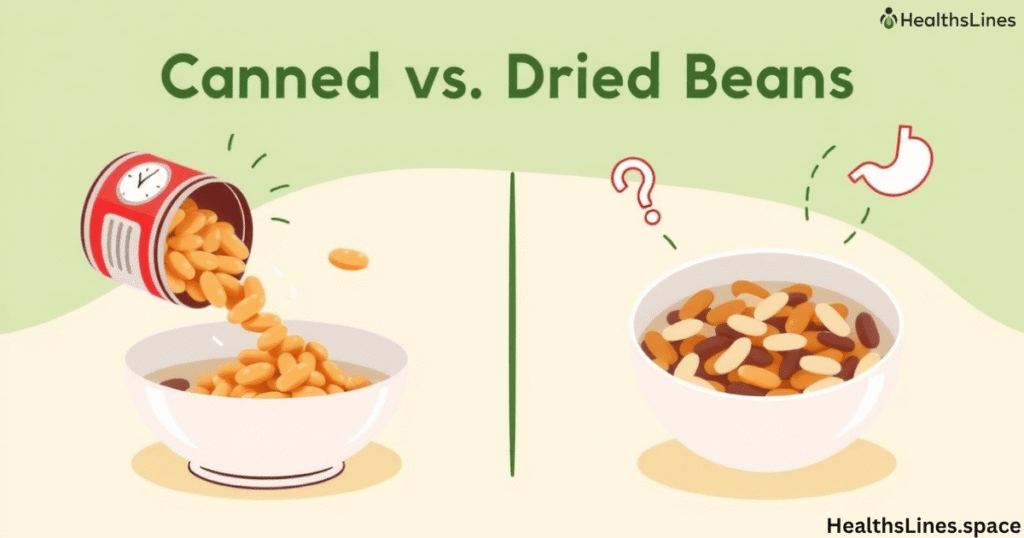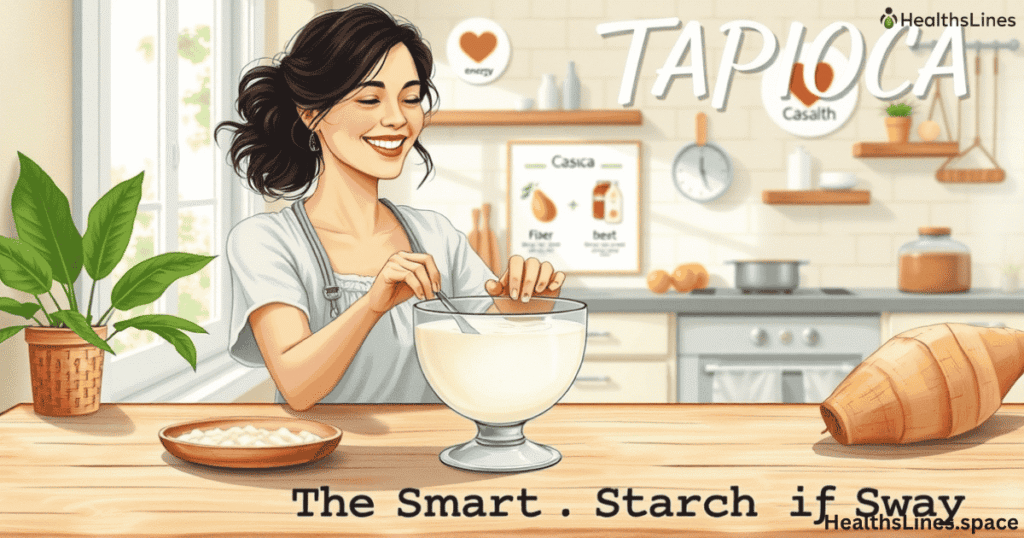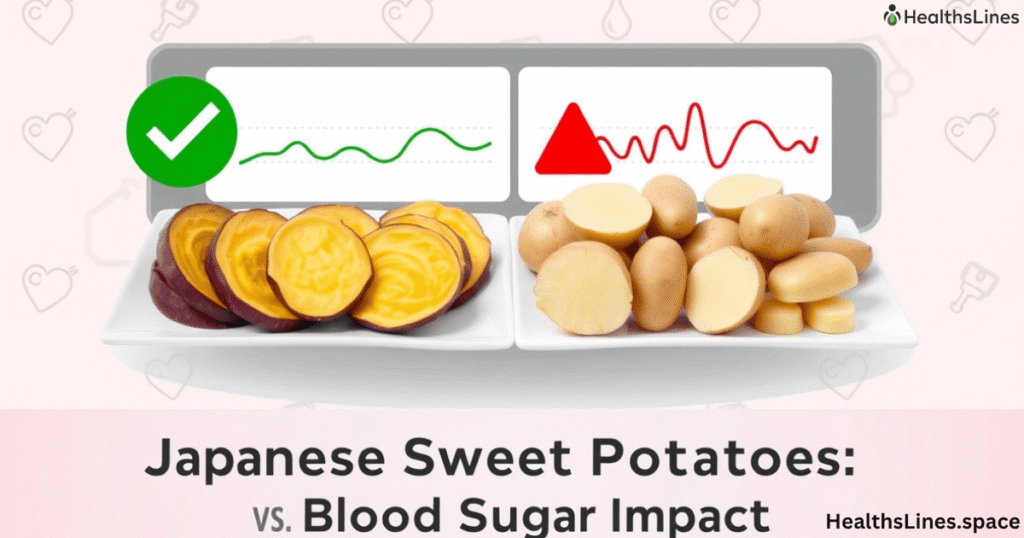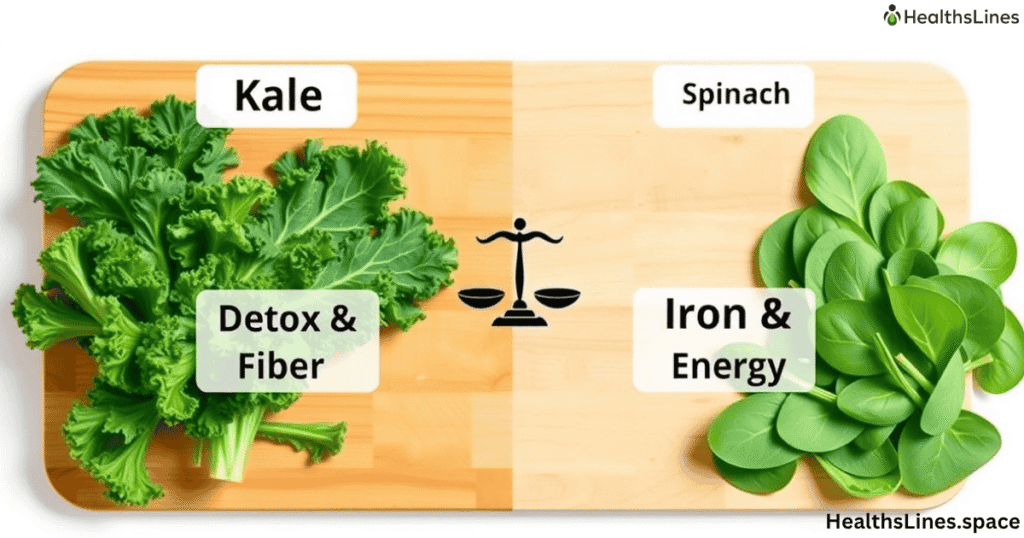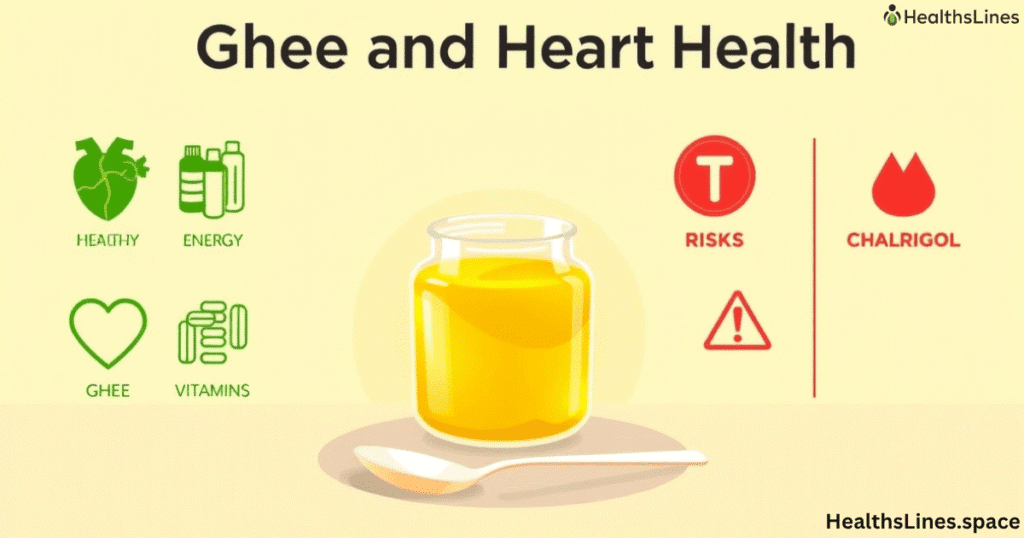People all over the world eat potatoes. They show up at dinner tables as fries, mashed potatoes, chips, or baked sides. But not every potato is the same. Some raise your blood sugar faster than others. When we compare Japanese sweet potatoes vs regular potatoes, we see big differences in nutrition, fiber, and how they affect your body.
This question matters most for people who want to keep their blood sugar steady. For example, those with diabetes or insulin resistance must be extra careful about foods that cause spikes. Even people without health problems can feel better when they eat foods that give a steady stream of energy instead of sudden highs and lows. So let’s explore how these two popular root vegetables compare and see if one is truly better for your health.
Nutritional Profile Comparison
The first step in comparing Japanese sweet potatoes vs regular potatoes is to look at what they’re made of. Both types have carbs, fiber, vitamins, and minerals. The big differences show up in fiber, antioxidants, and calories.
Japanese sweet potato nutrition shows that it has more fiber than regular potatoes. Fiber slows down digestion and helps keep your stomach full longer. Japanese sweet potatoes also have natural colors, like purple or deep orange, that show the presence of antioxidants such as anthocyanins and carotenoids. These are plant chemicals that help protect your cells.
Regular potatoes like russet, white, or yellow ones have good nutrients too. They have vitamin C, potassium, and B vitamins. But they are higher in starch and usually break down faster in your body. This is why they raise blood sugar more quickly.
| Potato Type | Calories (per 100g) | Carbs | Fiber | Glycemic Index (GI) | Key Nutrients |
| Japanese Sweet Potato | 132 | 31g | 4g | 50–60 | Vitamin A, Anthocyanins, Carotenoids |
| Russet Potato | 97 | 21g | 2g | 80–90 | Potassium, Vitamin C |
| White Potato | 92 | 21g | 2g | 75–85 | Potassium, Vitamin B6 |
| Yellow Potato | 89 | 20g | 2g | 65–70 | Vitamin C, Folate |
As you can see, Japanese sweet potatoes vs potatoes blood sugar results are very different. With more fiber and a lower glycemic index, sweet potatoes are a better choice for stable energy.
Glycemic Index and Blood Sugar Response
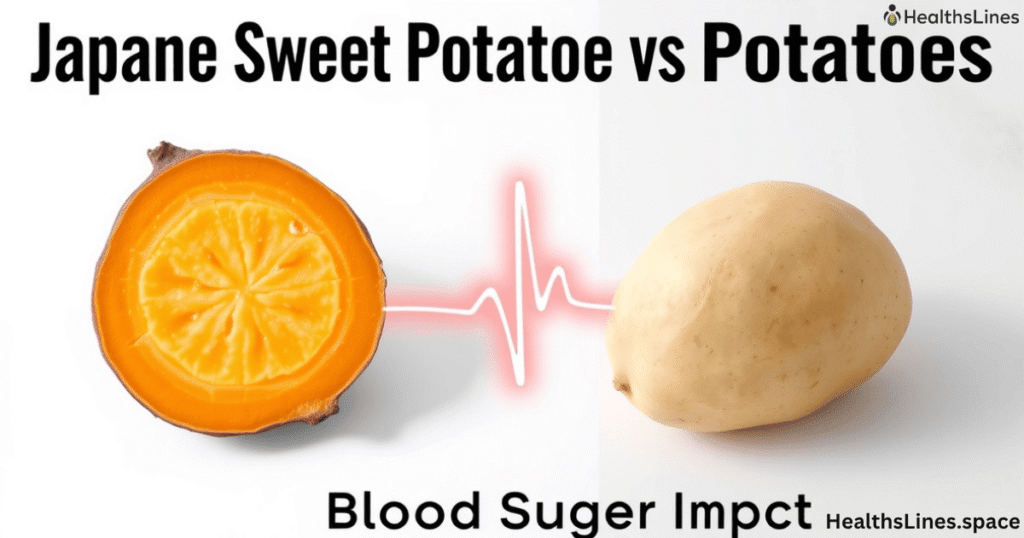
The glycemic index (GI) measures how fast carbs in food raise your blood sugar. A high number means the food causes a quick spike. A low number means it raises blood sugar slowly.
The GI of Japanese sweet potatoes is usually around 50–60, which is in the medium range. That means your body digests it more slowly, and you get a stable energy release. On the other hand, the russet potato GI is 80–90, which is very high. White potato GI and yellow potato GI are also high, usually above 70. That means they raise your blood sugar much faster.
The cooking style changes this too. Boiling lowers the GI because it keeps the starch structure more solid. Baking or frying makes starch break down faster, which raises the GI. So boiled potatoes, especially sweet ones, are much better for blood sugar control than baked or fried versions.
Fiber and Digestion Benefits
One of the biggest strengths of Japanese sweet potatoes is their fiber content. They have about 4 grams of Japanese sweet potato fiber per 100 grams, while most regular potatoes only have 2 grams.
Fiber slows down how fast your stomach empties and how quickly sugar enters your blood. That means fewer spikes and dips. Fiber also feeds the healthy bacteria in your gut. These bacteria improve digestion and may even help with insulin sensitivity and diet balance.
When people eat foods with more fiber, they also feel full longer. That helps with weight management and blood sugar because you are less likely to overeat later in the day. This is why foods rich in fiber, like Japanese sweet potatoes, are considered low glycemic index foods that keep energy steady.
Antioxidants and Phytochemicals
Another major reason Japanese sweet potatoes stand out is their antioxidants. The bright purple and orange colors come from compounds called anthocyanins and carotenoids. These antioxidants protect your cells from damage caused by stress, poor diet, and aging. They also support better heart and brain health.
Regular potatoes have some antioxidants too, but they don’t have as much variety or power as Japanese sweet potatoes. For example, purple potatoes antioxidants are strong, but most common potatoes like russet or white have far fewer protective compounds.
When it comes to long-term health, antioxidants may play a role in preventing diabetes complications. They reduce inflammation and support stable blood sugar. That makes Japanese sweet potatoes a smarter option for people who want both nutrition and protection from disease.
Impact on Weight Management and Insulin Sensitivity
When we talk about blood sugar and potatoes, we also need to look at long-term effects on weight and insulin health. Eating high-GI foods like white or russet potatoes too often can cause sharp sugar spikes. Over time, these spikes may lead to potatoes and insulin resistance, which means your body’s cells stop responding well to insulin. When this happens, glucose stays in the blood instead of moving into the cells for energy. This process increases the risk of type 2 diabetes.
Japanese sweet potatoes are different because of their medium glycemic index and higher fiber. The Japanese sweet potato fiber slows down digestion, which prevents sugar from rushing into your bloodstream all at once. This helps protect your insulin sensitivity. A body with good insulin sensitivity uses glucose more efficiently, keeps energy steady, and avoids storing too much fat.
When it comes to weight management and blood sugar, Japanese sweet potatoes may help you feel full longer than regular potatoes. Feeling full means you are less likely to snack on unhealthy foods later in the day. Over time, this supports healthy weight levels and lowers your risk of obesity. By choosing boiled or steamed Japanese sweet potatoes instead of fried regular potatoes, you give your body stable energy and protect your insulin response.
Japanese Sweet Potatoes in Traditional Diets
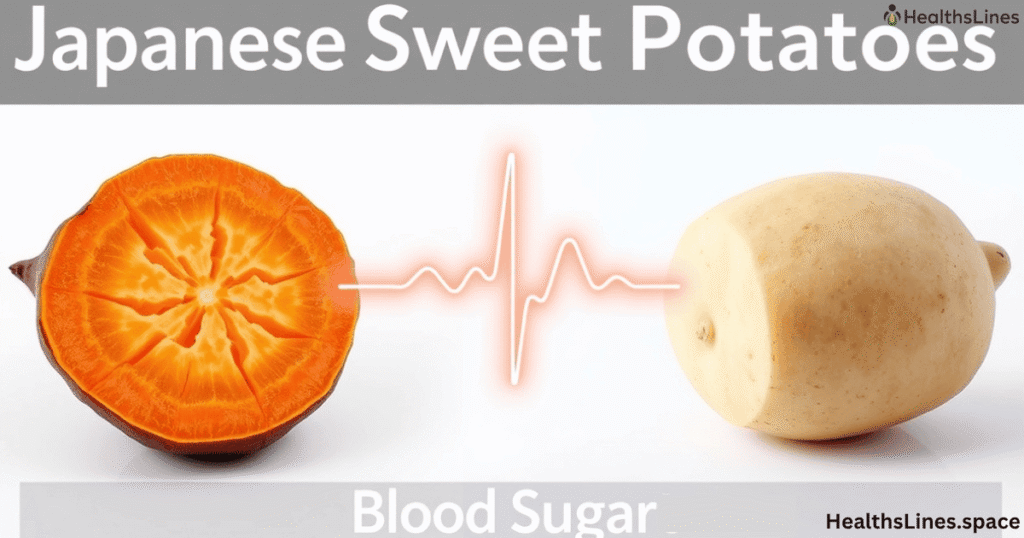
The history of Japanese sweet potatoes shows how powerful food choices can be. For hundreds of years, the people of Okinawa relied on sweet potatoes as their main source of energy. In fact, before rice became common, the Japanese sweet potatoes Okinawa diet made up more than half of their calories each day. These purple or orange root vegetables were steamed, boiled, or baked, and often paired with vegetables, tofu, or fish. Despite such heavy dependence on potatoes, Okinawans enjoyed excellent health. They had some of the lowest rates of diabetes, heart disease, and obesity in the world.
Researchers believe the answer lies in the unique Japanese sweet potato nutrition. The potatoes provided a steady release of energy thanks to their lower glycemic index, while the rich Japanese sweet potato fiber kept digestion slow and blood sugar steady. They were also packed with antioxidants in sweet potatoes, especially anthocyanins and carotenoids, which help fight cell damage and inflammation. Together, these traits supported long life and fewer chronic diseases.
The Okinawan example proves that not all carbs are harmful. When eaten in natural forms and balanced with other whole foods, sweet potatoes can fuel the body without harming blood sugar. This traditional diet offers a living case study on how healthy carbs support long life and strong health.
Practical Tips for Choosing and Cooking
When it comes to potatoes’ blood sugar impact, how you cook them is just as important as which type you choose. Boiling keeps the GI lower. Baking, roasting, and frying all raise the GI and can cause bigger spikes.
For example, a boiled GI of Japanese sweet potato stays moderate, while a baked russet potato becomes very high. That’s why people with diabetes or prediabetes are better off boiling sweet potatoes and pairing them with protein or fat.
For best results, try eating smaller servings of potatoes alongside fish, chicken, eggs, or avocado. This mix slows digestion even more and prevents sharp glucose spikes. Adding leafy greens or non-starchy vegetables to your meal is another simple way to keep things balanced.
Conclusion
In the debate of Japanese sweet potatoes vs potato blood sugar, Japanese sweet potatoes come out ahead. They have a lower GI of Japanese sweet potato compared to the russet potato GI, white potato GI, and yellow potato GI. They also have more fiber and blood sugar control benefits plus strong antioxidants in sweet potatoes that protect your health.
The story of the Japanese sweet potato Okinawa diet shows us how powerful they can be when eaten regularly as part of a balanced lifestyle. Still, the way you cook and serve them makes a big difference. Boiling is best, frying is worst, and moderate portions are always wise.
If you want healthy carbs for diabetes or simply more stable energy each day, Japanese sweet potatoes are an excellent choice. They prove that not all potatoes are equal, and making the right choice can mean better blood sugar control, better health, and even a longer life.
